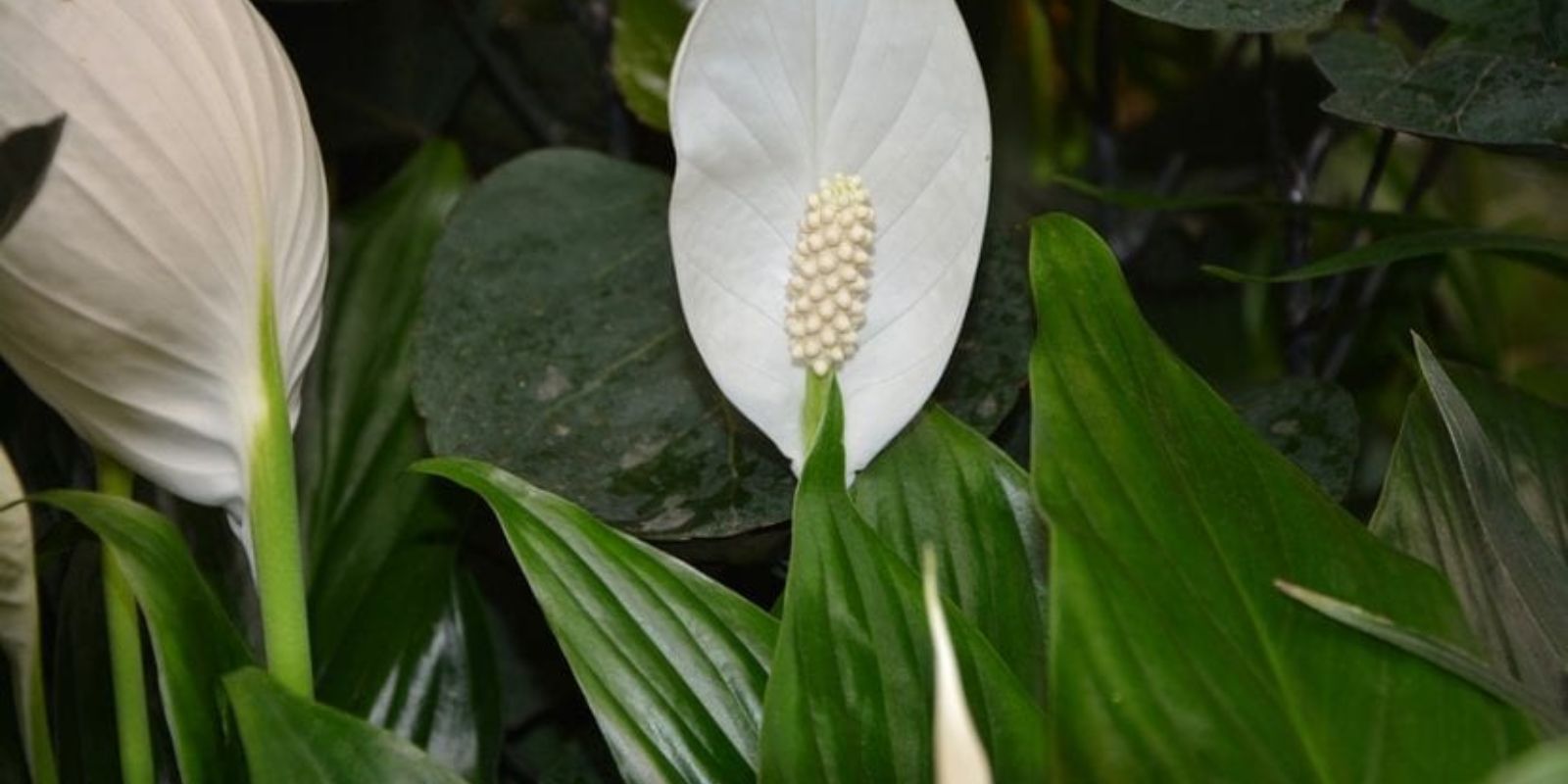The Peace Lily (Spathiphyllum), also known as Lirio de la paz, is celebrated for its striking white flowers and lush green leaves, making it a popular choice for indoor gardening. However, keeping a Peace Lily blooming continuously can be challenging. Imagine having your Peace Lily flourish with beautiful blooms for up to 10 years! It’s not just a dream—there’s a simple ingredient that can make this possible. In this article, we’ll uncover the secrets to achieving long-lasting blooms for your Peace Lily and how you can incorporate this magical ingredient into your plant care routine.
Introduction: The Challenge of Long-Lasting Blooms
Peace Lilies are admired for their elegant flowers and their ability to thrive in low-light conditions. However, keeping them blooming year-round or even for several years can be a challenge. Often, Peace Lilies may flower for a few months but then take a break before blooming again. To maintain their beauty and ensure continuous flowering, specific care practices and ingredients are essential.
Fortunately, there is a key ingredient that can help extend the blooming period of your Peace Lily and keep it thriving for years. This ingredient, combined with proper care, can ensure that your Peace Lily remains a stunning centerpiece in your home for up to a decade.
The Magic Ingredient: What Is It?
The secret to continuous blooming in Peace Lilies lies in a simple ingredient that you may already have in your kitchen: Epsom salts. Epsom salts, or magnesium sulfate, are a natural compound that provides essential nutrients to plants. Magnesium is a crucial element for plant health, contributing to chlorophyll production and overall growth.
Using Epsom salts can enhance your Peace Lily’s ability to bloom continuously by addressing any magnesium deficiencies and promoting stronger, healthier plants.
How to Use Epsom Salts for Long-Lasting Peace Lily Blooms
Here’s a step-by-step guide to using Epsom salts to keep your Peace Lily blooming for up to 10 years:
1. Prepare the Epsom Salt Solution
- Ingredients Needed:
- 1 tablespoon of Epsom salts
- 1 gallon of water
- Instructions:
- Dissolve 1 tablespoon of Epsom salts in 1 gallon of water. Stir well until the salts are completely dissolved.
2. Water Your Peace Lily
- Application:
- Pour the Epsom salt solution directly onto the soil around the base of your Peace Lily. Make sure to saturate the soil but avoid overwatering, which can lead to root rot.
- Frequency:
- Apply the Epsom salt solution every 4 to 6 weeks during the growing season (spring and summer). Reduce the frequency during the winter months when the plant’s growth slows down.
3. Monitor and Adjust
- Observation:
- Keep an eye on your Peace Lily for signs of improvement. You should notice healthier foliage and a more robust blooming pattern as the plant responds to the added magnesium.
- Adjustments:
- If the plant shows signs of nutrient imbalance (e.g., yellowing leaves), adjust the frequency or concentration of the Epsom salt solution. Always follow the recommended dosage to avoid over-fertilization.
Additional Care Tips for a Thriving Peace Lily
While Epsom salts can significantly enhance blooming, it’s also important to provide proper care to ensure your Peace Lily remains healthy and vibrant:
1. Light Requirements
- Optimal Lighting:
- Peace Lilies thrive in low to medium, indirect light. Avoid placing them in direct sunlight, as it can scorch their leaves. A north or east-facing window is ideal.
2. Watering Routine
- Watering Needs:
- Keep the soil consistently moist but not waterlogged. Water the plant when the top inch of soil feels dry. Reduce watering in the winter when the plant’s growth slows down.
3. Humidity
- Humidity Levels:
- Peace Lilies prefer high humidity. To increase humidity, you can place a tray of water near the plant or use a room humidifier. Regular misting can also help maintain moisture levels.
4. Temperature
- Temperature Range:
- Maintain a temperature range of 65-80°F (18-27°C). Avoid placing the plant in drafty areas or near heating vents, as sudden temperature changes can stress the plant.
5. Fertilization
- Feeding Schedule:
- In addition to Epsom salts, use a balanced, water-soluble fertilizer once a month during the growing season. Choose a fertilizer with equal parts nitrogen, phosphorus, and potassium (e.g., 10-10-10) to support overall plant health.
6. Repotting
- Repotting Needs:
- Repot your Peace Lily every 1-2 years to refresh the soil and accommodate the plant’s growth. Choose a pot that is 1-2 inches larger in diameter than the current one.
Troubleshooting Common Issues
Even with the best care, Peace Lilies can occasionally face issues. Here’s how to address some common problems:
- Yellow Leaves: Often a sign of overwatering or nutrient deficiency. Check soil moisture and reduce watering if necessary. Adjust Epsom salt use as needed.
- Brown Tips: Can indicate low humidity or inconsistent watering. Increase humidity and ensure the plant is not exposed to drafts.
- Pest Infestations: Peace Lilies can attract pests like spider mites and aphids. Regularly inspect the plant and treat infestations with insecticidal soap or neem oil.
Conclusion: A Blooming Peace Lily for Years to Come
By using Epsom salts and providing the right care, you can ensure that your Peace Lily blooms continuously for up to 10 years. This simple ingredient can make a significant difference in your plant’s health and flowering ability, offering a beautiful and long-lasting addition to your home.
Call to Action: Have you tried using Epsom salts to enhance the blooms of your Peace Lily? Share your experiences and tips in the comments below, and let’s celebrate the beauty of thriving Peace Lilies together! 🌸🌿

